Labradoodles: The ultimate companion, from allergy-compatible guide dog to beloved family pet
In the past 30 years, this well-mannered crossbreed has stolen our hearts, yet the man responsible has likened it to Frankenstein’s monster. Kate MacDougall finds out more.
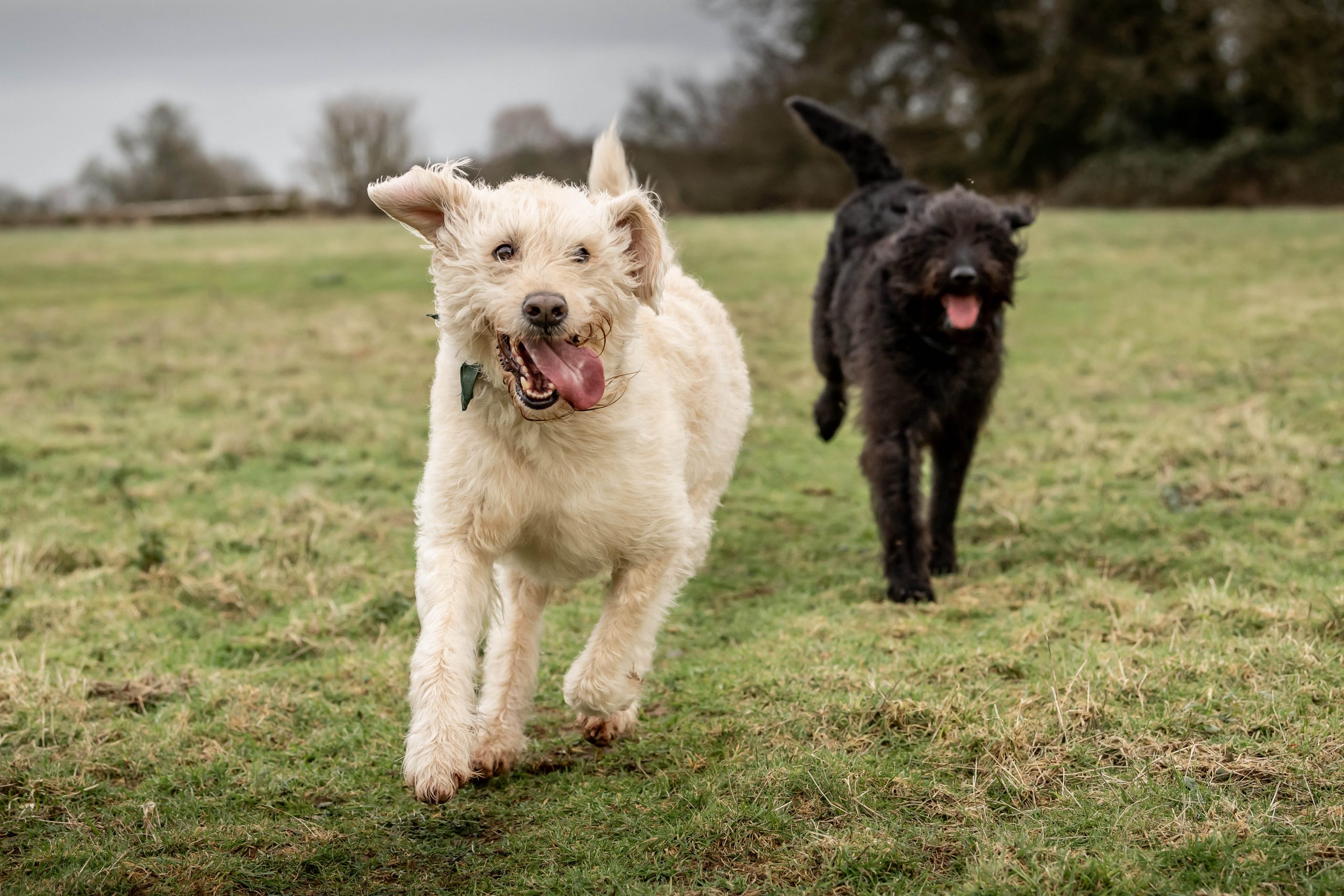

Some things simply go together. Cheese and wine. Fish and chips. Torvill and Dean. The most successful pairings are the ones where each side brings out the best in the other, the combination of two separate entities creating an arguably superior whole.
In the world of dog breeding, the pedigree has always been the pinnacle: the pure bloodline, the refined heritage, the breed standard. Take the Labrador – few would dispute its universal appeal and pre-eminence in the canine world. The breed is consistently voted number one in this country and across the world. This is a dog that is so, well, dog-like, that it’s hard to imagine why anyone would want to tamper with it, bar the elimination of any hereditary health concerns.
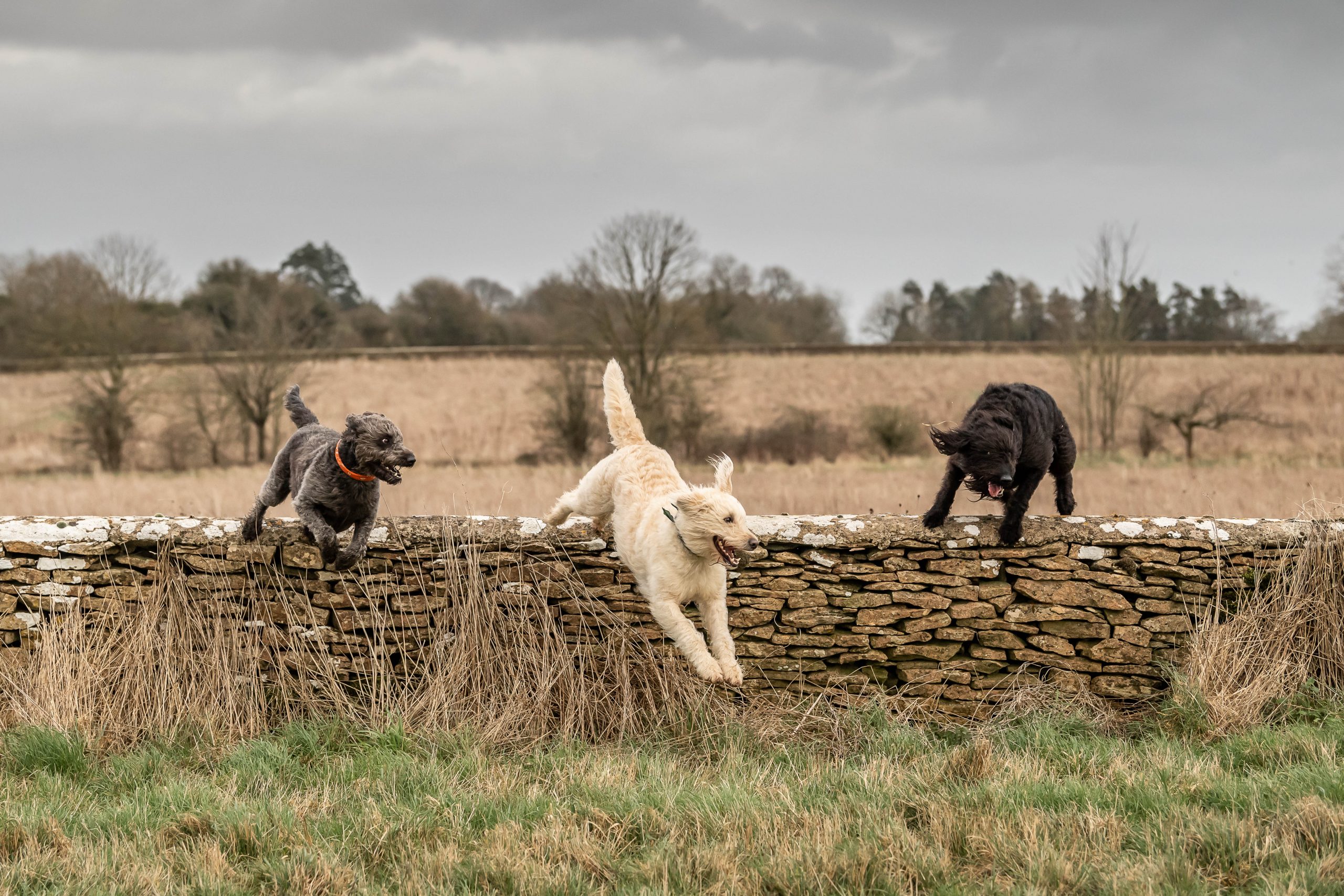
Yet, a little over three decades ago, when a blind woman in Hawaii was in need of a guide dog that didn’t aggravate her husband’s allergies, the Royal Guide Dog Association of Australia decided to pair a labrador with a standard poodle to solve the problem. It was an unprecedented, but enterprising alchemy that raised more than a few purists’ eyebrows at the time. Service dogs were categorically pedigree, preferably labradors, and this creation was consequently seen as little more than a mutt.
However, the mutt in question, Sultan, not only matched the working and social skills of the labrador, he also retained the intelligence, agility and low-shedding coat of the poodle and turned out to be an exemplary guide dog. He was an outright success and, with the help of judicious rebranding, it wasn’t long before labradoodles became a big hit. They have been climbing the popularity charts ever since, alongside other hybrids such as the cockapoo, puggle, sprocker and schnoodle, thanks to the gradual recognition that two halves can sometimes make an enhanced whole.
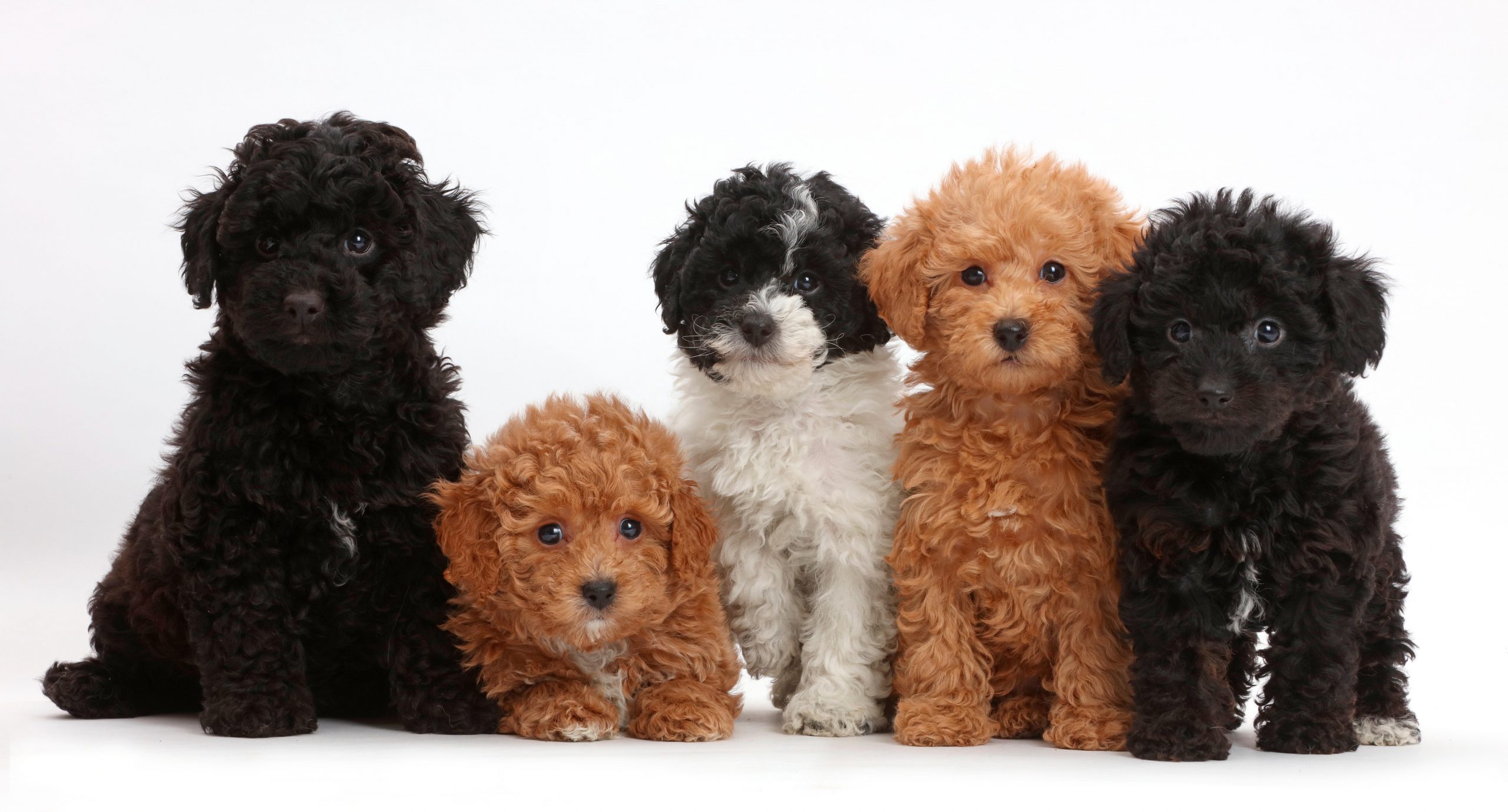
‘They really are the most fantastic, versatile dogs,’ declares Kate Singer, general manager of Lorfords Antiques in Tetbury, Gloucestershire, and labradoodle devotee. ‘I would absolutely recommend them, even to someone who has never owned a dog before. They’re so amenable and friendly.’
Miss Singer has bred from her standard black poodle, Gwenna, three times, with each of the litters being snapped up fast. She owns two of Gwenna’s labradoodle sons, Scrumpy and Fella, as well as miniature poodle Saskia. ‘The poodle is highly underrated, in my opinion,’ Miss Singer continues. ‘They are such fun, intelligent dogs and full of character. There aren’t many labradors you could trust in a warehouse full of antiques, but with Gwenna and my labradoodles, there would never be a problem.’
Equally at home among the furniture and Old Masters of Lorfords as they are in the wilds of their home county, Herefordshire, Miss Singer’s labradoodles are testament to the breed being a great all-rounder.
Sign up for the Country Life Newsletter
Exquisite houses, the beauty of Nature, and how to get the most from your life, straight to your inbox.
'Crossbreeds such as the labradoodle or cockapoo are becoming increasingly popular, and they can make good family pets, if bred responsibly'
The combination of the two breeds seems to temper the traits of each. The labrador’s penchant for gluttony is balanced by the poodle’s fussiness, the waggy-tailed labrador bounciness offset by the poodle aloofness and hauteur. The labradoodle seems to retain the best of both breeds – the loyalty, vitality and cleverness – and less-appealing aspects of their temperaments can often be diluted, a delicate distillation that conscientious champions of the breed, such as the UK Labradoodle Association, hone with care.
It may, therefore, come as a surprise that the ‘inventor’ of the dog, Australian Wally Conron, deeply regrets his creation. He has likened the cross to Frankenstein’s monster, which most labradoodle owners feel is a bit of a stretch, even on the naughtiest of days. Mr Conron’s misgivings stem from the breed’s ever-increasing popularity and the resulting surge in ‘designer’ crossbreeds – as with all sought-after dogs, unscrupulous or unethi-cal breeding tends to be not far behind.
‘Certainly, we have noticed that crossbreeds such as the labradoodle or cockapoo are becoming increasingly popular, and they can make good family pets, if bred responsibly,’ says Bill Lambert, senior health and welfare manager for the Kennel Club (KC). ‘Our concern is that too many breeders are making false promises about how their dog will turn out – by their nature, crossbreed puppies will inherit a random combination of genes, so you can’t accurately predict their size, exercise and grooming needs or temperament.’
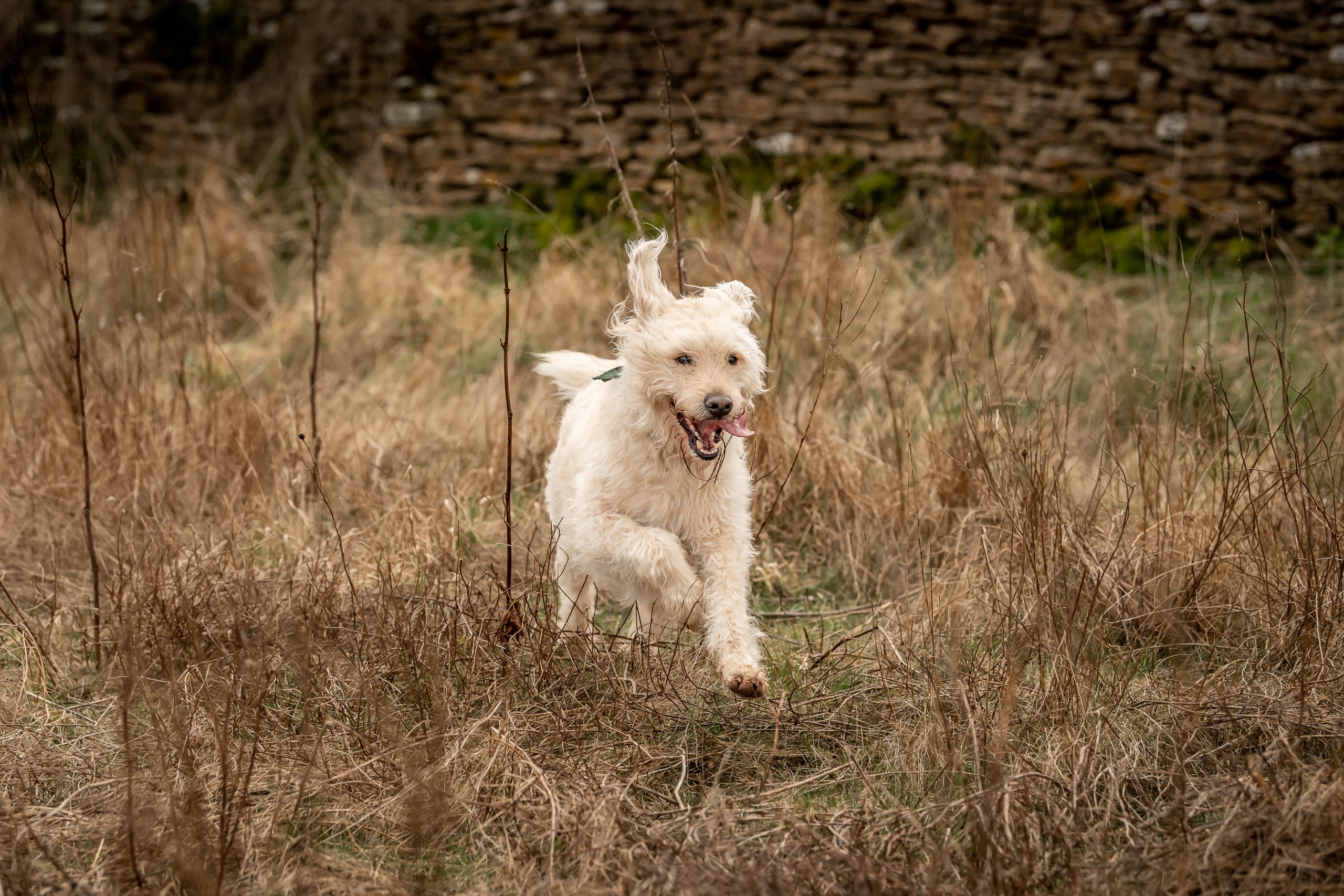
Sultan, Mr Conron’s prototype, was bred from a pedigree labrador and a standard poodle, commonly known as an F1 or first-generation cross. Plenty of labradoodles on the market today are second generation, F2s, the result of a labradoodle crossed with another one or a labradoodle with a different poodle cross. This can not only produce health issues, but they often fall short of the buyer’s expectations – a large percentage of labradoodles aren’t even hypoallergenic.
Luckily, for the vast majority of owners, temperament is far more important than shedding or allergens, with most choosing the breed for its sociability, good humour and for being the perfect family dog.
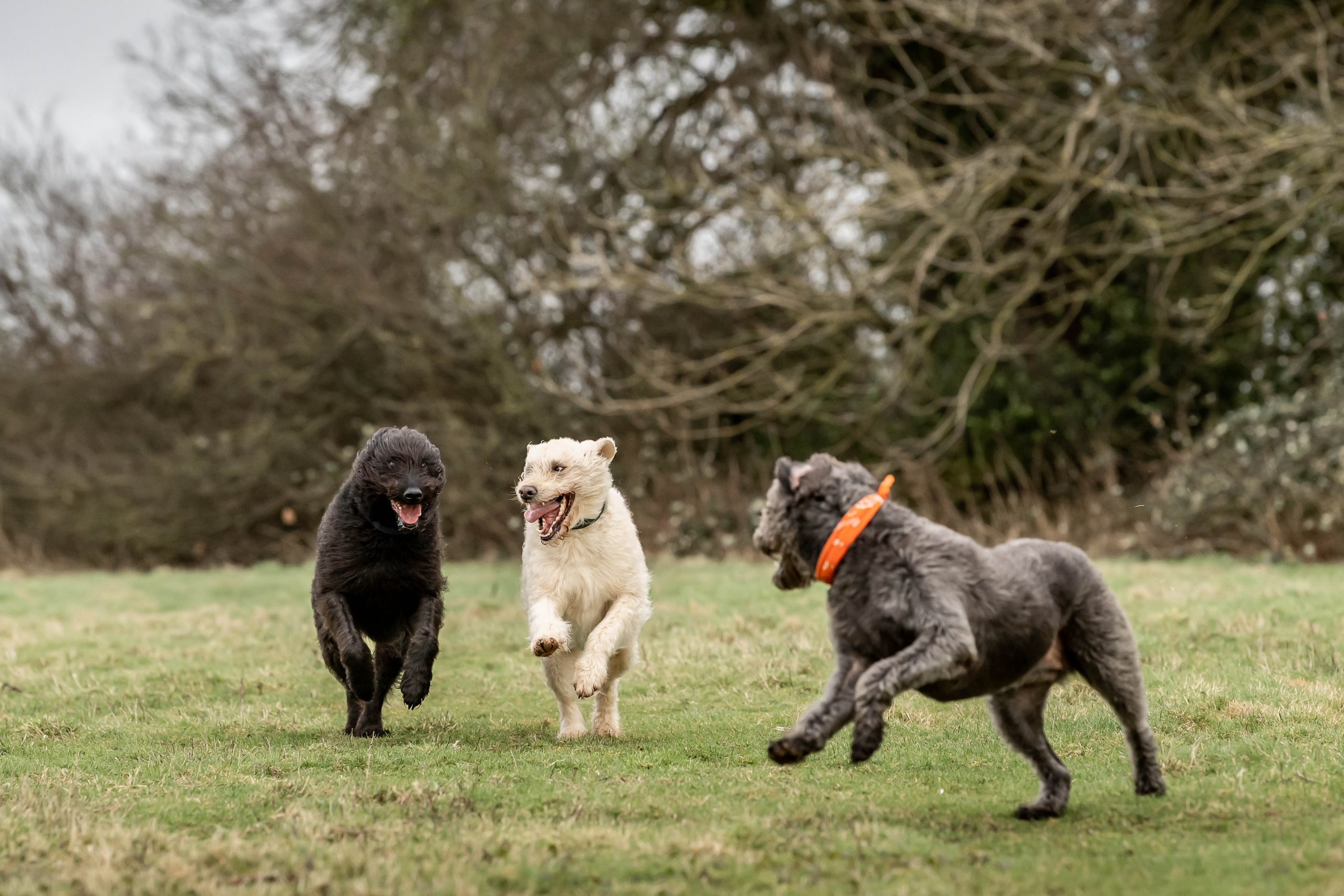
‘I think that’s what first drew me to them,’ admits Anna Miller, who lives on a farm in the Blackmore Vale, Dorset. ‘I would see them pile out of cars with their families, bouncing around the kids. They looked so loving and fun.’ As well as being home to a large herd of Hereford and Aberdeen Angus cattle, a flock of New Zealand Suffolk ewes, an assortment of horses, pigs, poultry and children, the farm also hosts summer visitors on a glamping site. ‘There were always dogs coming and going with the guests, but it was the labradoodles I fell in love with.’
Mrs Miller decided to put her yellow labrador bitch, Kiwi, to a miniature poodle and the resulting litter gave the family its pretty and petite labradoodle, Waffle. ‘She’s completely hilarious,’ she laughs. ‘She’s basically one of the children and absolutely thinks she is the most important member of the house – and the farm. Kiwi is predictable and straightforward, but Waffle is spontaneous and very silly. The kids adore her.’
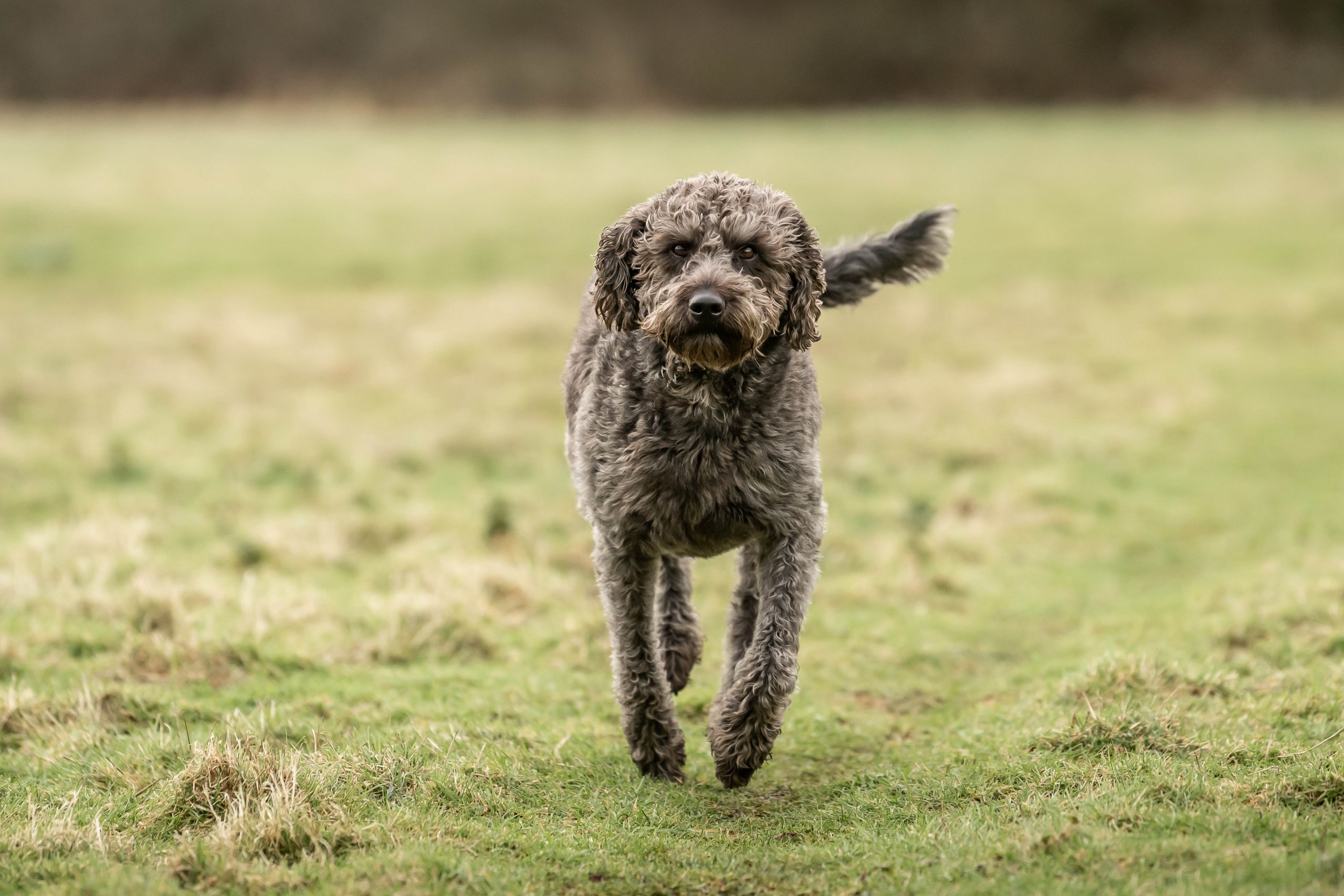
Ed Bracher, CEO of Riding for the Disabled (RDA), recalls how labradoodle Alfie served as an excellent confidant to their two children when they were growing up in Oxhill, Warwickshire, particularly in some of the difficult teenage years. ‘Alfie listens. He’s very patient and he doesn’t answer back, of course,’ reflects Mr Bracher. ‘He’s been a great friend to them and to us.’
Although most owners would argue that impeccable manners are top of the breed’s list of attributes, the dogs still require training in puppyhood to ensure their innate exuberance can be curbed if necessary. Watching Jasper Bertram May, 4th Baron May’s large chocolate labradoodle, Rufus, launch himself gleefully into a fetid pond on Lord May’s Oxfordshire estate is evidence of their ebullience and zest for life. Both the labrador and the poodle are excellent swimmers and Rufus’s rudder-like tail breezes him through the chilly water to retrieve his stick in no time at all.
'They’re people pleasers, really. I think that must be the labrador in them'
The labradoodle can also excel in more formal circumstances. Mr Bracher often takes Alfie into RDA offices, where there can not only be other dogs, but also visiting dignitaries, making it imperative that he knows how to be on best behaviour when the occasion arises. ‘They’re people pleasers, really,’ Mr Bracher believes. ‘I think that must be the labrador in them.’
The question that must be asked is why not simply get a labrador or a poodle? A safe, pedigree choice, officially recognised by the KC, with a line that can be traced back through the generations. If you aren’t particularly swayed by fashion or a fun name, then why not stick to something completely tried and tested? ‘Well, you’re simply getting a lot more dog,’ concludes Lord May. Who wouldn’t want that?

How to choose the perfect dog to fit your lifestyle, family and home
Those who grew up with dogs probably already know which breed they want to own, and have done for years.
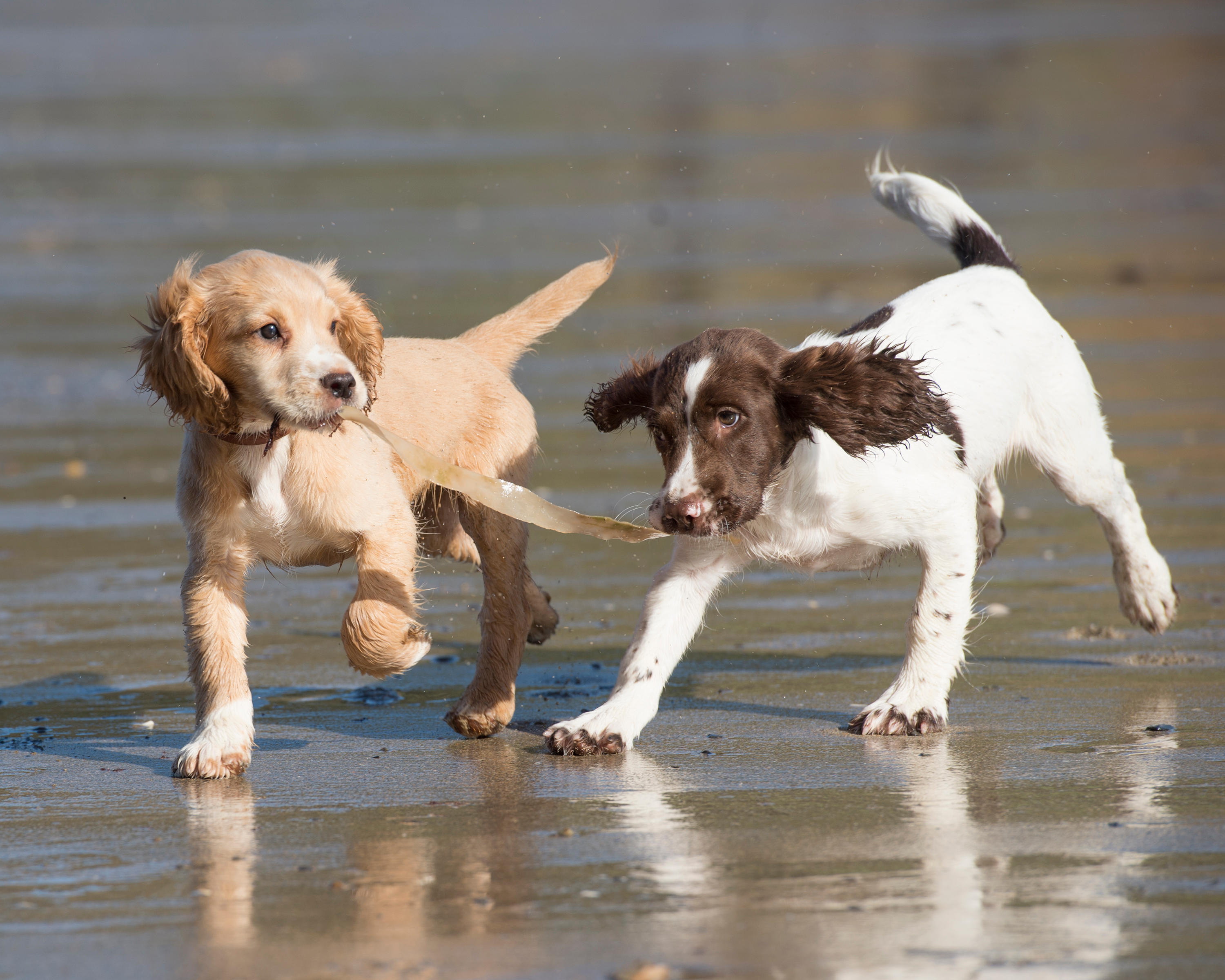
Credit: Alamy
Cocker spaniel versus springer spaniel: What owners need to know
Which is the more popular spaniel, the springer or the cocker? Shooting Times's David Tomlinson weighs up the pros and
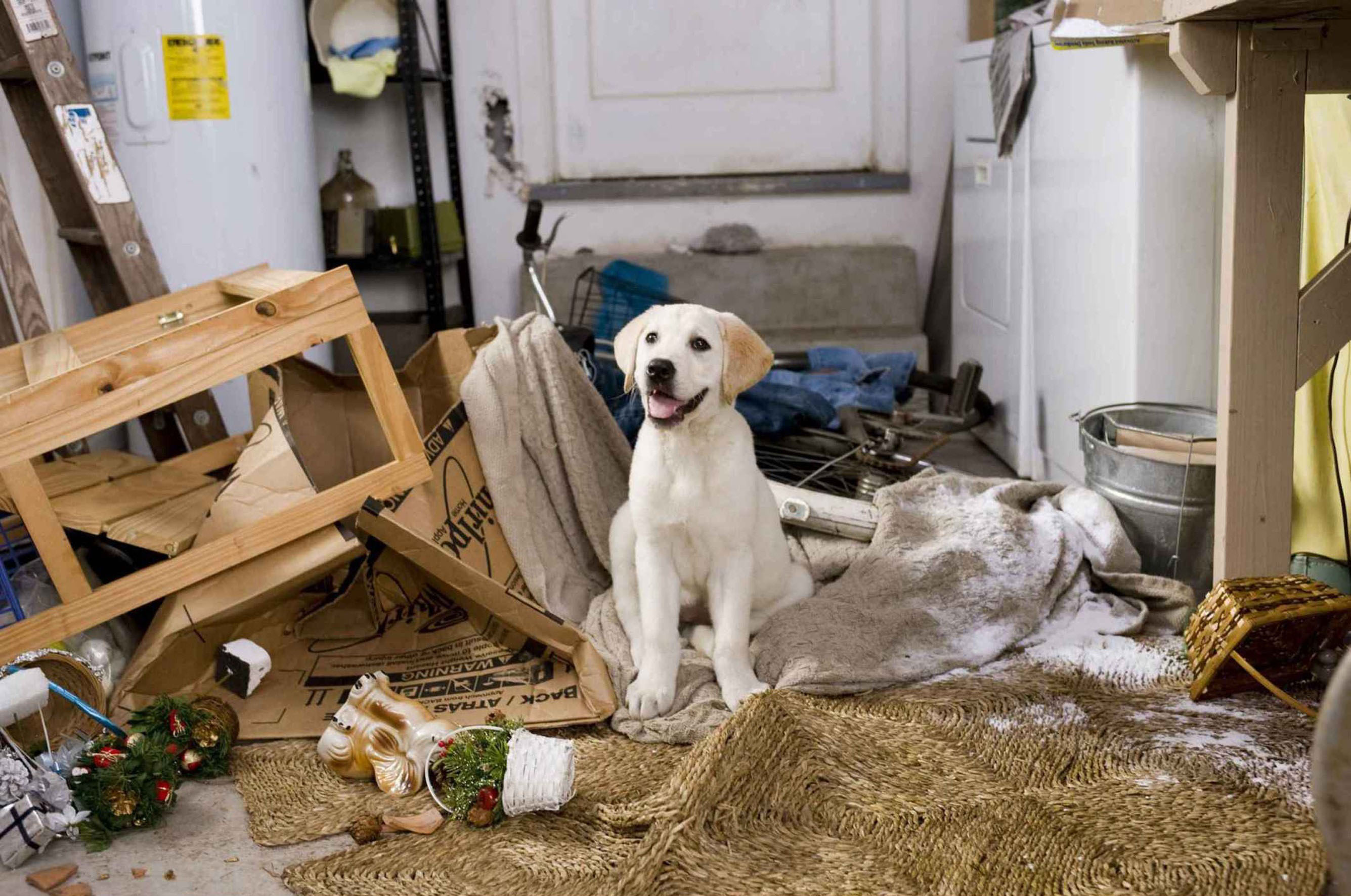
Credit: Alamy
The dog who ate a stuffed crocodile, and other incredible stories from last time we tried to find Britain's naughtiest dog
Naughty dogs come in all shapes and sizes — as do their crimes and misdemeanours.
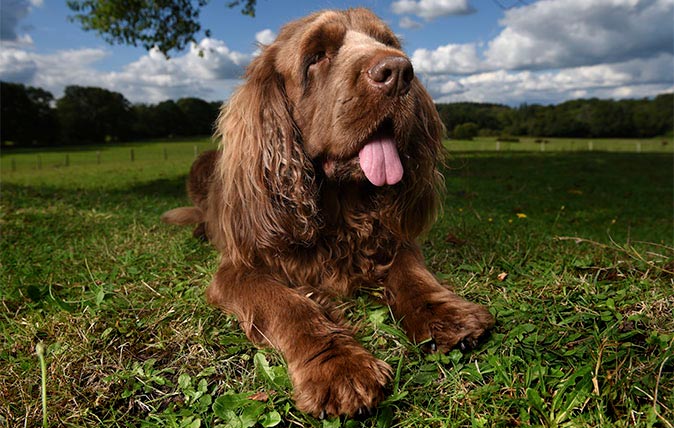
Credit: John Millar/Country Life
The top ten British dog breeds that need saving and quickly
French bulldog wins top spot over labrador as some of the most quintessentially British breeds are pronounced 'vulnerable' by the
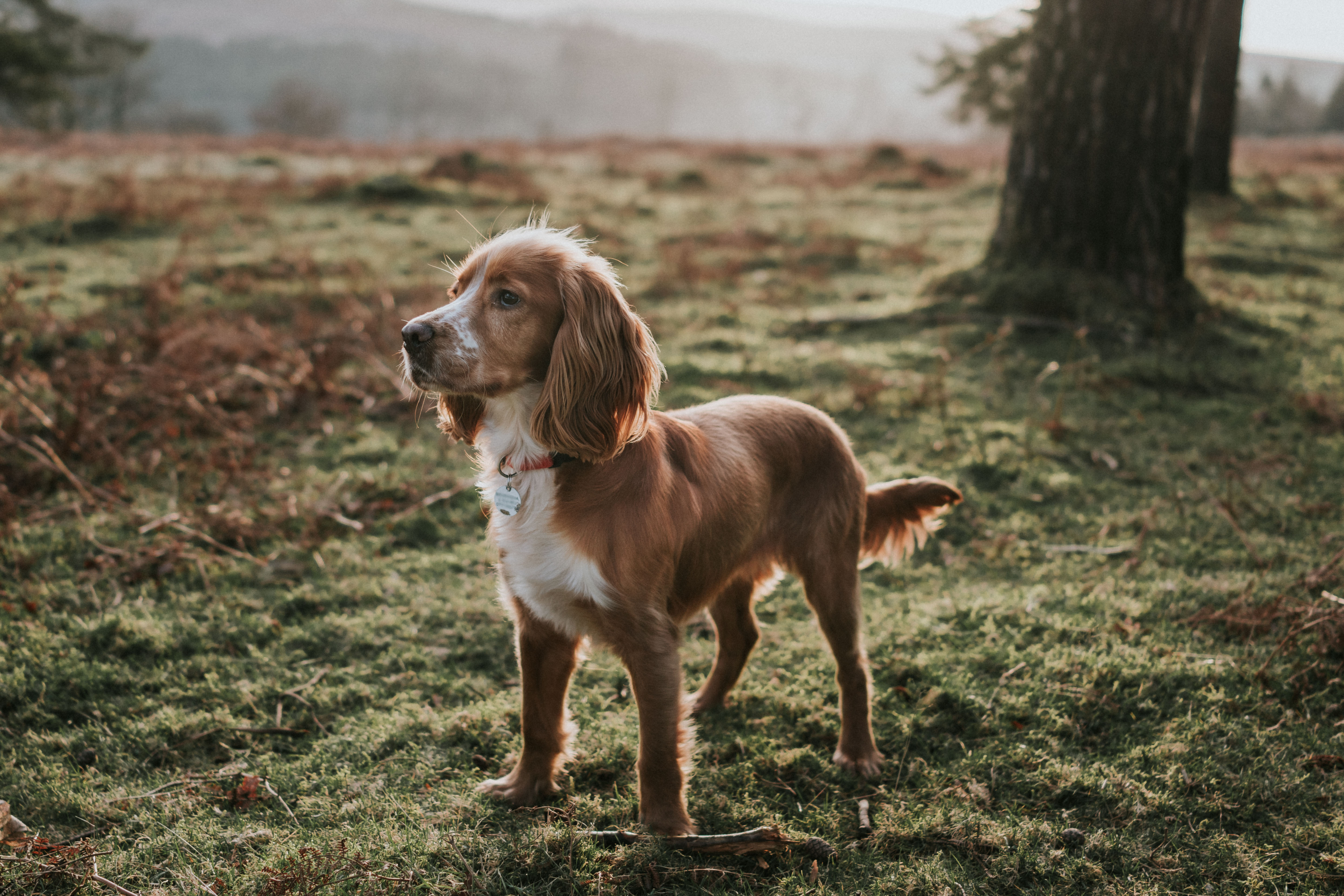
Credit: Getty
Cocker Spaniels: The irresistible dogs with loyalty to melt the coldest of hearts
As the dog world prepares for Crufts 2020, we take a look at the breed of dog which has been
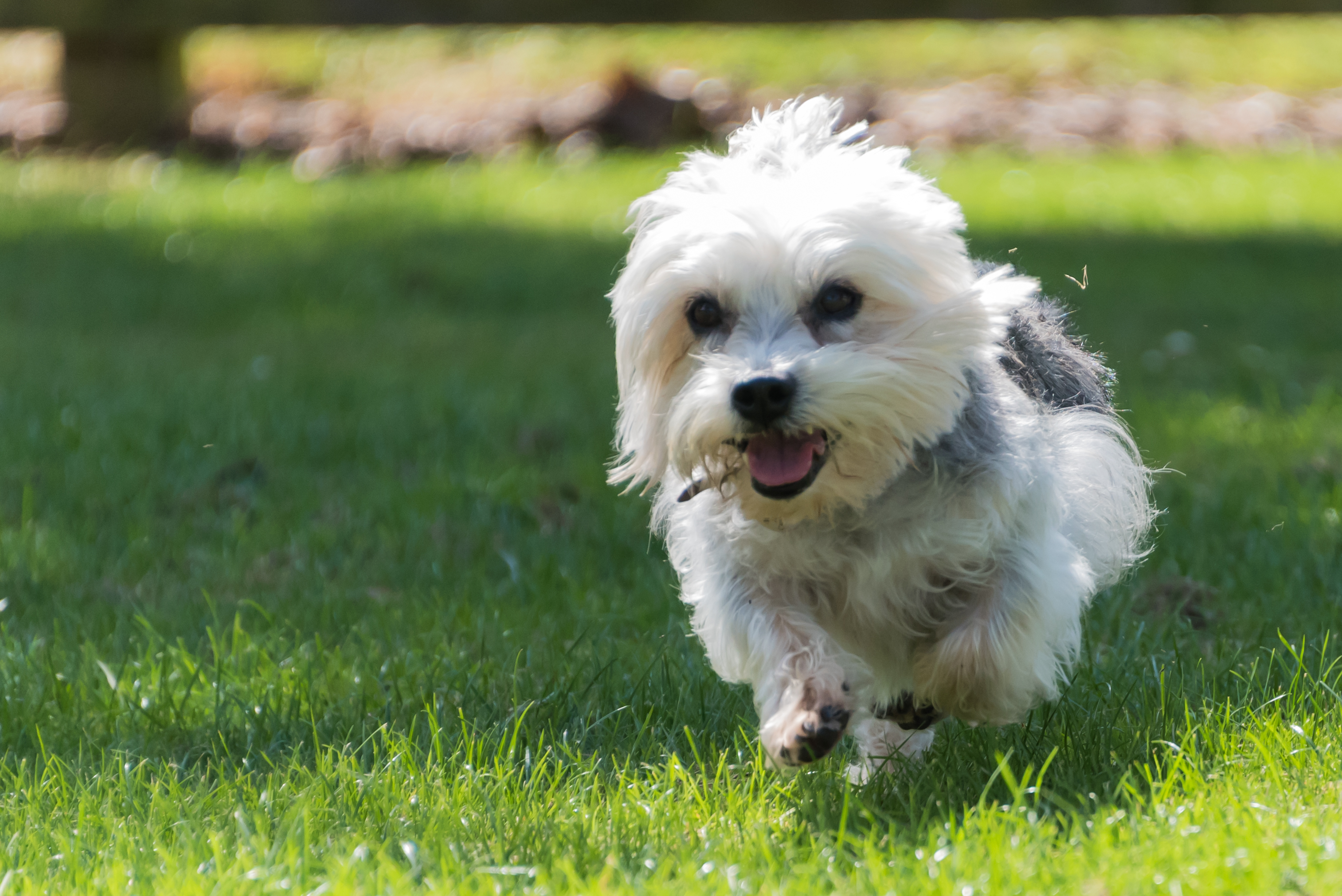
Dandie Dinmont terriers: The adorable dogs with the soulful eyes who are bright, sparky and can't help but make you smile
The numbers of Dandie Dinmont terriers has recovered since a worrying dip a few years ago, and an anniversary year
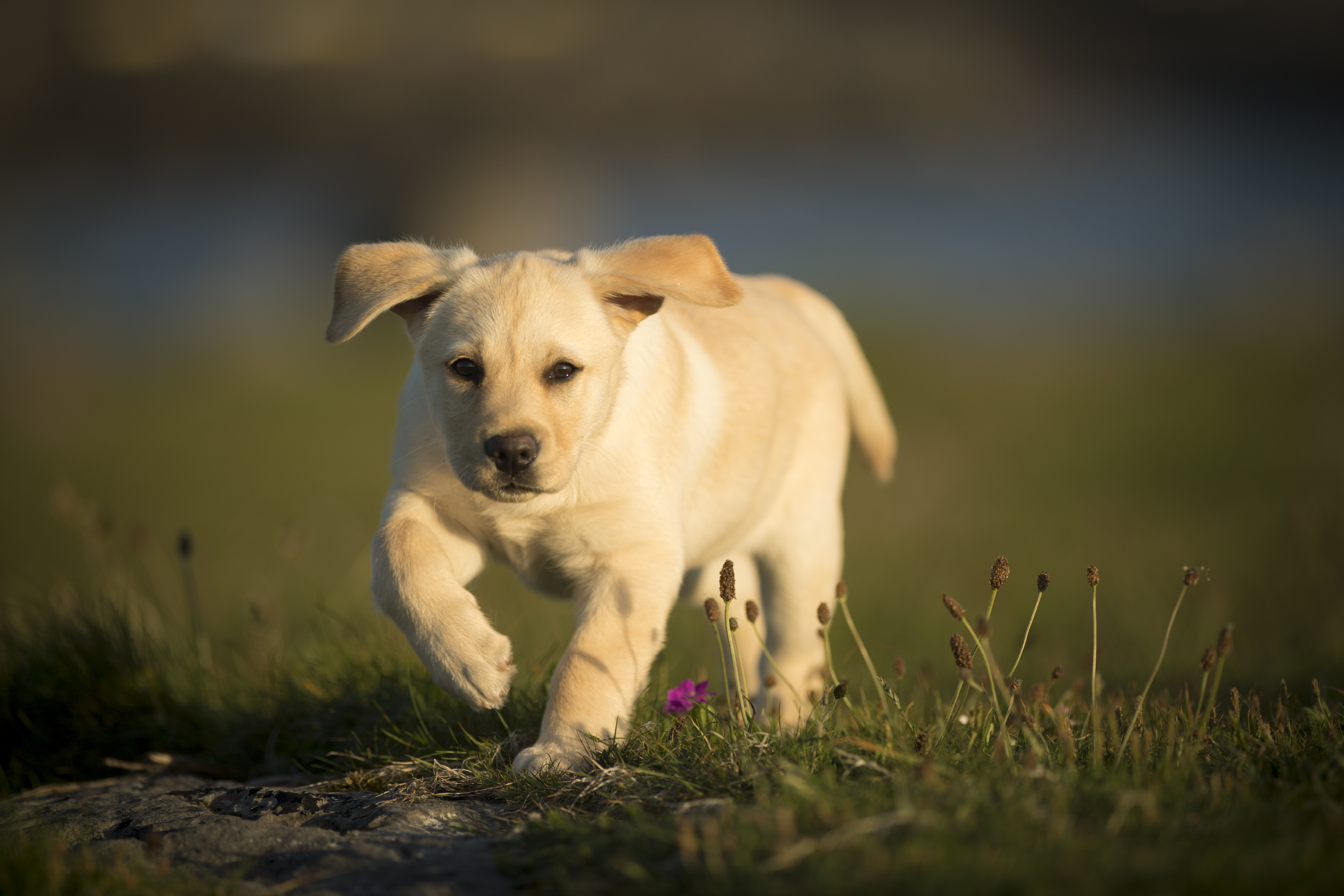
Five top tips to make the most of your dog walk, plus five incredible National Trust spots to explore off-lead

Credit: Red Original
The Utterly Inessential Crufts Shopping List: The toys, treats and trends that your dog deserves this year
Alexandra Fraser rounds up the top dog accessories on the market right now in honour of Crufts this weekend. After
Country Life is unlike any other magazine: the only glossy weekly on the newsstand and the only magazine that has been guest-edited by HRH The King not once, but twice. It is a celebration of modern rural life and all its diverse joys and pleasures — that was first published in Queen Victoria's Diamond Jubilee year. Our eclectic mixture of witty and informative content — from the most up-to-date property news and commentary and a coveted glimpse inside some of the UK's best houses and gardens, to gardening, the arts and interior design, written by experts in their field — still cannot be found in print or online, anywhere else.
-
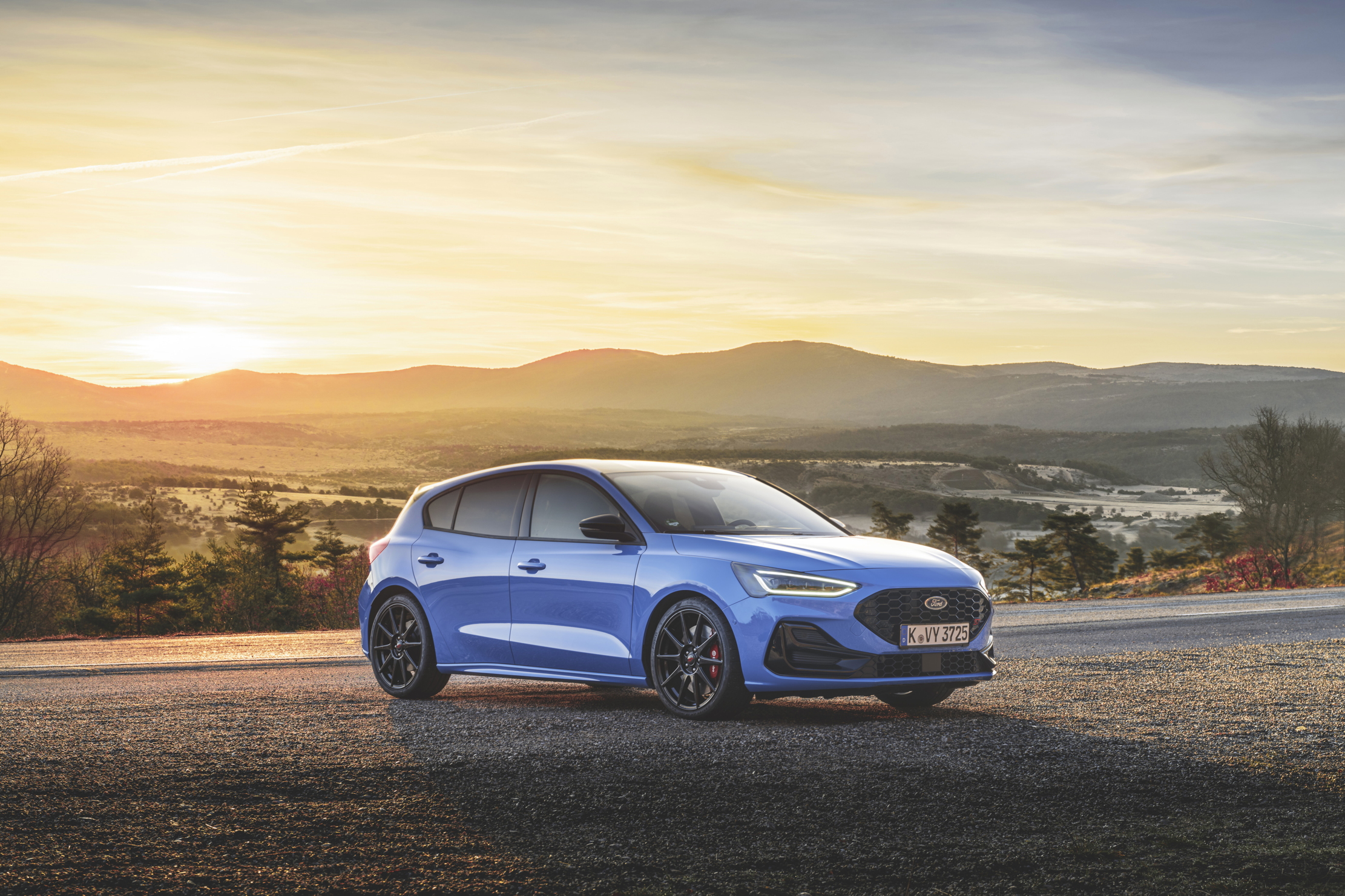 Ford Focus ST: So long, and thanks for all the fun
Ford Focus ST: So long, and thanks for all the funFrom November, the Ford Focus will be no more. We say goodbye to the ultimate boy racer.
By Matthew MacConnell
-
 ‘If Portmeirion began life as an oddity, it has evolved into something of a phenomenon’: Celebrating a century of Britain’s most eccentric village
‘If Portmeirion began life as an oddity, it has evolved into something of a phenomenon’: Celebrating a century of Britain’s most eccentric villageA romantic experiment surrounded by the natural majesty of North Wales, Portmeirion began life as an oddity, but has evolved into an architectural phenomenon kept alive by dedication.
By Ben Lerwill